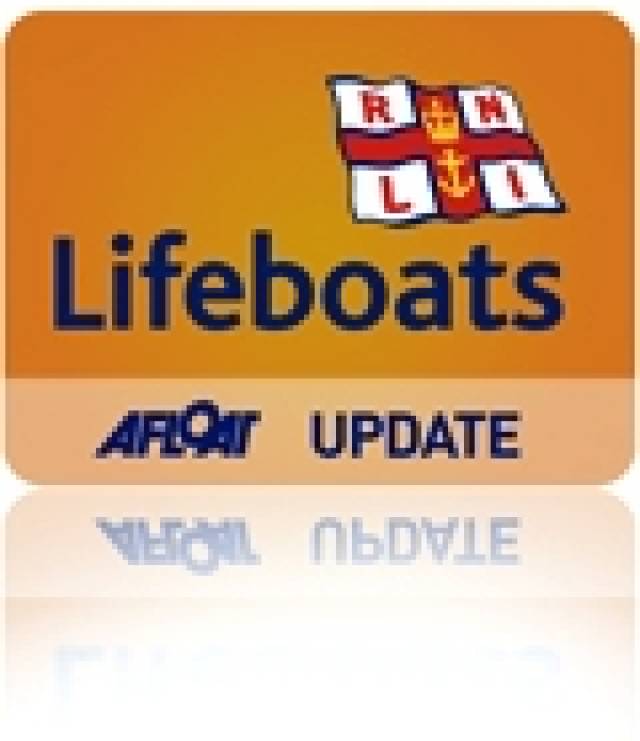#RNLI - The Clifden RNLI volunteer lifeboat crew scrambled into their kit for a special callout recently when they provided a guard of honour for their two fellow lifeboat crew Alan Pryce and Sinéad O’Sullivan, who tied the knot in St Joseph’s Church recently.
The couple met through their life saving work volunteering as crew with Clifden RNLI.
And lifeboats played a big part in their day, from the RNLI guard of honour, to the special stop at the station for a photograph with their beloved lifeboat, to a wedding cake which featured the couple dressed in their full RNLI kit.
O’Sullivan joined Clifden RNLI eight years ago and is the station’s only female crewmember. A trained lifeguard, she is currently training to be a helm on the station’s D-class inshore lifeboat and a navigator on the all weather lifeboat.
For her day job, O’Sullivan is an estate agent and auctioneer and is well known all over Connemara for her enthusiasm and energy and getting involved in many good causes.
Her groom is a fellow Clifden native who signed up as volunteer RNLI lifeboat crew at just 17 years of age, through his interest in fishing and sailing.
Since then Pryce has become helm on the D-class and Atlantic-class inshore lifeboats and is one of the station’s four coxswains on the all-weather lifeboat, which is currently on a two-year trial at the station.
"Being in the RNLI is a huge part of both of our lives so we were really delighted that we were able to incorporate it into our wedding celebrations," said Pryce.
"We both love the sea and share a passion for all water based activities, so it was definitely one of our shared interests that resulted in us getting together."
O’Sullivan added: "We were really thrilled that we could share our wedding with two of our favourite things - the Clifden lifeboat and our beloved dog Pippa."
After the wedding, the couple enjoyed a quick mini-moon to Wicklow where they even stopped in briefly to Arklow RNLI to admire their Trent all-weather lifeboat.
And now that the dust has settled and all the party clothes are put away, the newlyweds are back on service and ready to answer the call of the RNLI pagers.
































































